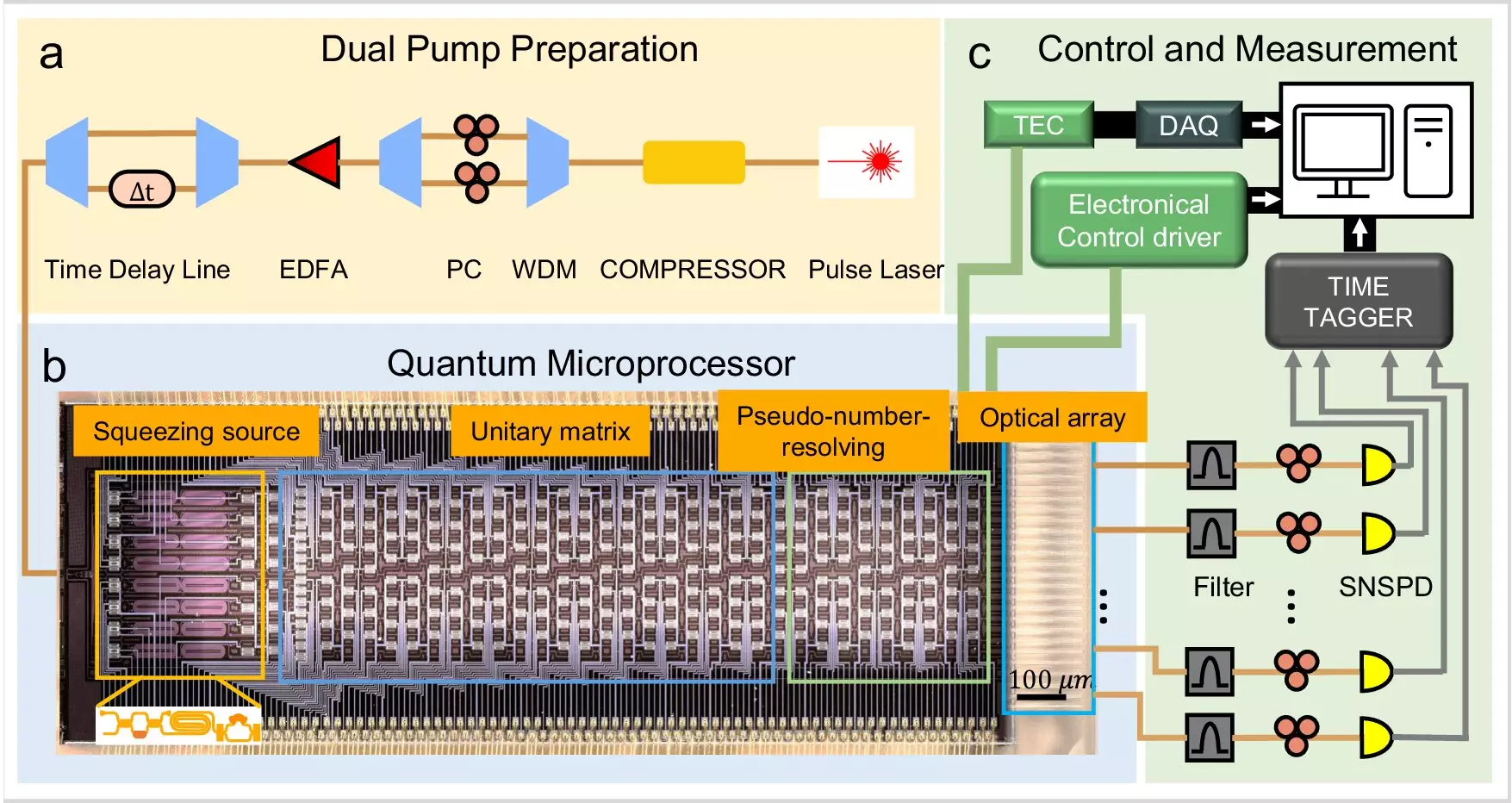Quantum simulation represents a monumental shift in how scientists approach challenges across numerous disciplines, from healthcare advancements to financial modeling. The ability to simulate complex systems that conventional computers struggle to analyze has opened the door to cutting-edge research and unprecedented discoveries. Recently, a team of researchers from The Hong Kong Polytechnic University (PolyU) has made significant strides in this arena, particularly in the realm of molecular vibronic spectra—a critical area that has long eluded effective computational methodologies.
The Complexity of Molecular Vibronic Spectra
Understanding molecular vibronic spectra is essential to molecular design and analysis. These spectra provide insight into molecular behavior, aiding in the design of new drugs, materials, and numerous other applications. Previously, the complexity of simulating these spectra often required significant computational resources, rendering traditional supercomputers inadequate for the task. As a result, researchers were frequently left with only approximate solutions, struggling against the limitations of classical computing paradigms.
The challenge is compounded by the need to accurately account for quantum phenomena—including superposition and entanglement—which are integral to a complete understanding of molecular interactions. For many years, researchers have looked to quantum computers as the solution, but initial attempts yielded limited success and accuracy, primarily focusing on simpler molecular structures.
In a groundbreaking development, the engineering team at PolyU has designed and tested a groundbreaking quantum microprocessor chip capable of simulating the molecular spectroscopic behaviors of large and complex molecular structures. This achievement is significant not just because of its scale, but also due to the enhanced accuracy it offers in simulating quantum systems.
Led by Professor Liu Ai-Qun, an esteemed figure in Quantum Engineering, along with Dr. Zhu Hui Hui, the research team has successfully fabricated a 16-qubit quantum microprocessor specifically for this purpose. This achievement marks a critical juncture in quantum technology, bridging the gap between theoretical potential and practical application within molecular spectroscopy.
The novel chip integrates a sophisticated linear photonic network that utilizes squeezed vacuum quantum light sources to conduct simulations of molecular vibronic spectra. This design enhances performance metrics that are currently unattainable by classical comparison, representing a substantial leap in capability.
Moreover, the system includes comprehensive components—ranging from hardware integrations to user interfaces—that are fully programmable, allowing for a versatile array of quantum computational applications. This integration empowers researchers to develop quantum algorithms designed specifically for molecular simulations, promoting practical advancements that could transcend the limitations faced by classical approaches.
Implications for Chemistry and Beyond
The implications of this research stretch far beyond academic interest; they present transformative potential for various scientific fields, including chemistry, material science, and condensed matter physics. The technology allows for real-time simulations of complex molecular reactions, potentially leading to breakthroughs in drug discovery, material design, and molecular docking processes.
Expectations are high for the impact of quantum machine learning techniques, such as graph classification, which can leverage these new quantum microprocessors to solve problems previously deemed too complex for efficient resolution. As per Dr. Zhu, the initial applications are just the beginning; the goal of this ongoing research is to reach a point where quantum speed-ups in relevant fields become a routine reality.
Looking Ahead: The Future of Quantum Simulation
As Professor Liu states, their research is motivated by the long-term potential of quantum simulation technologies to make significant contributions to society. The current phase represents a validating step toward scaling these technologies for broader applications, which could influence numerous industries significantly. This endeavor not only aims to improve theoretical insights but also translates those findings into real-world solutions.
The advancements in quantum microprocessor technology herald a new era in molecular spectroscopy, solidifying the place of quantum simulations at the forefront of scientific research. This pioneering work could catalyze a shift in how complex molecular systems are understood and manipulated, marking the dawn of more effective and efficient scientific exploration.


Leave a Reply